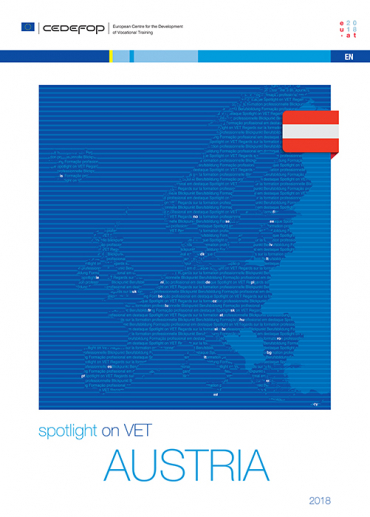One of the challenges in the Austrian apprenticeship training system is to make it attractive for upper secondary school graduates. In the province of Upper Austria, a new concept was piloted in the school year 2018-19 to that effect: the dual academy. After the first positive experiences of the last year, the concept is now being rolled out in other provinces and expanded to include additional qualification options.
The challenge
Upper secondary school leavers, particularly those from academic secondary schools (AHS), have major recruitment potential for companies offering apprenticeship. Their broad and in-depth previous qualification combined with a higher maturity that comes with age, makes these young people attractive to many training companies. Most AHS graduates, however, wish to study at universities (usually of applied sciences) and will only consider taking up apprenticeship training in exceptional cases. Only 2.5% of all new entrants to apprenticeship training have a matriculation certificate (including graduates of colleges for higher vocational education (BHS)) [1].
Raising attractiveness of dual training
In response to the challenge of low attractiveness, the dual academy scheme was developed in Upper Austria in 2018. The incentive for making the training offered more attractive includes a shorter training period for matriculation certificate holders (usually 1.5 up to a maximum of 2.5 years instead of 3 to 4 years), cooperation with additional training partners (such as universities of applied sciences), individual classes in vocational schools [2], additional training content in future-oriented competences including stays abroad, and an attractive starting salary from the first day of training.
As in traditional apprenticeship training, training is provided mainly at the workplace (70% of the training period) and supplemented by part-time occupation-related theory training in vocational schools (Dual Academy Competence Centres) and with other training partners. In addition, all partners involved impart additional future-oriented competences in digitisation, internationalisation, as well as social skills and self-competence.
Trainees complete their training with the traditional, State-recognised apprenticeship final examination, and receive a diploma from the dual academy.
In the school year 2019-20, the offer of dual academy programmes will be extended and will also be launched in Salzburg, Vorarlberg and Burgenland with adaptations to the regional environment. The range of training programmes provided is currently still limited to selected occupations in the fields of technology, IT, retail and wholesale trade, tourism, banking and logistics and varies from region to region, but it is being gradually expanded. In Vienna, a dual academy in the field of horticulture and floristry is available.
Read more
Dual Academy Upper Austria
Dual Academy Salzburg
Dual Academy Vorarlberg
Dual Academy Burgenland
Dual Academy Vienna
[1] Dornmayr, H. / Nowak, S. (2018). 2018 survey of apprenticeship training. Structural data, trends and prospects. ibw Research report No 193, Vienna. https://www.ibw.at/resource/download/1726/ibw-forschungsbericht-193,pdf, p. 25.
[2] Nationally referred to as part-time vocational schools.


